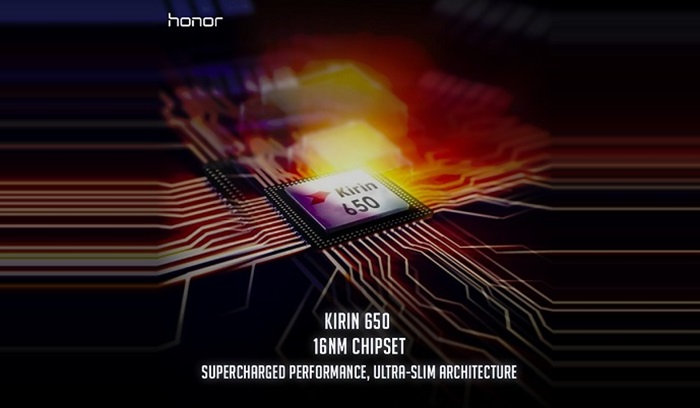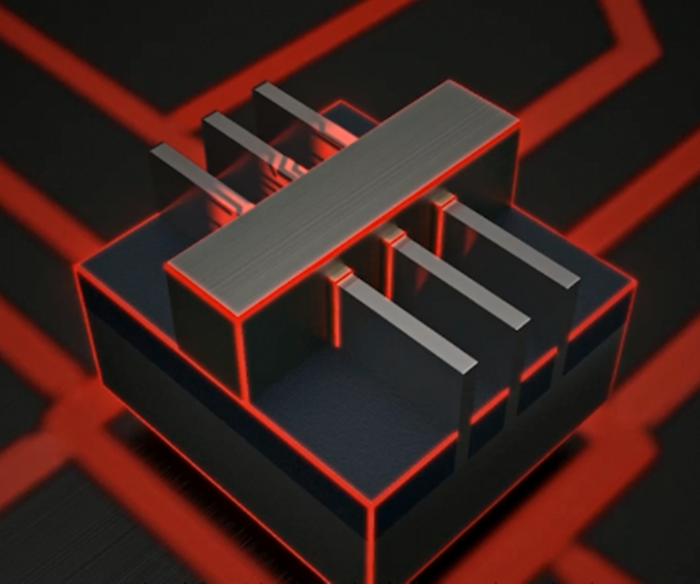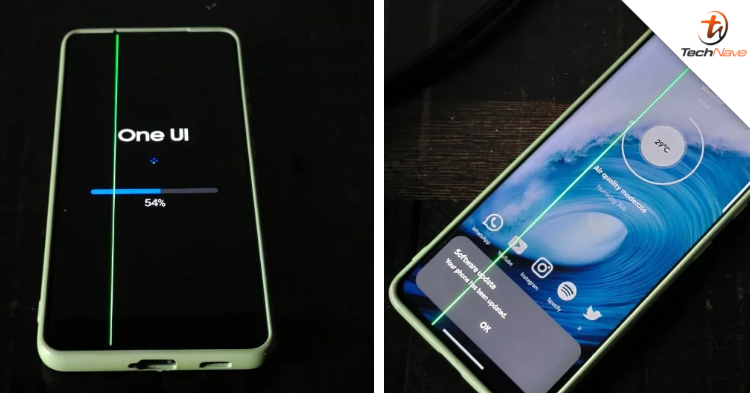
In our previous article about how Honor 5C's Kirin 650 processor saves power consumption, we know it's equipped with a 16 nm (nanometer) FinFET employing the "bigLITTLE" architecture on its SoC. But what does 16 nm mean? What is FinFET? Read below to find out more!
Since last year, FinFET was possibly the biggest news in the semiconductor industry because the Apple iPhone 6S's next generation A9 application processor, for example, employs FinFET's new transistor architecture, indicating that FinFET has begun to take over the handset processor industry. Now it's Honor 5C's turn to use the 16 nm FinFET Plus state of the art technology and the "bigLITTLE" architecture, resulting in greater performance.

The fin-like FinFET structure
Before FinFET came to be, transistors all used MOSFET architecture. The problem with MOSFET was that below 20 nm, there was no way of controlling conductivity effectively allowing electrons to sneak from the source to drain, causing leakage. FinFET's real impact is in how it has broken the limits on superconductors once announced by Intel, allowing Moore's Law to continue its magic. So at the core of this technology is the way the source and drain are pulled tall, creating a 3D planar structure, increasing the surface area of contact between the gate and channel. This development allows the transistor to break the 20 nm bottleneck and become smaller and denser.
And what of the "big.LITTLE"? Well to give you an analogy, it is like you have a choice between four tall, strong people to move bricks, and eight thin people who together take up the same amount of space as the four. Naturally, if four people move the bricks, then they will be more tired, sweat more, and the overall temperature in the room will increase. If the job is done by the eight thinner people, then for larger bricks, they will require more time in order to coordinate.
Unlike traditional "big.LITTLE" chipsets, the Kirin 650 uses 8 of the same Cortex A53 processors either in a set of 4 at a faster 2.0GHz clock speed (the four tall, strong people) or all 8 processors (the eight thin people) at a slower 1.7GHz clock speed. Traditional "big.LITTLE" chipsets typically have 4 stronger processors and 4 slower more energy efficient processors, with each set of 4 doing work at a single time.
But if that's the case, why do handsets still have issues with overheating and lag? This is an issue of manufacture: The time lag created by the exchange of information between the tall and short people within the N+N strategy. In order to resolve this issue, Huawei has developed its N (big, tall, and strong) + N (short) strategy: for larger chunks of data, the handset sends the stronger, taller 'people' (but who get tired easily and who give off heat); for smaller tasks, the handset sends the thinner people to resolve the issue – a more efficient allocation of resources.
In other words, the denser the transistor, the smaller the core surface area, allowing for greater functions and performance. This allows better control of power consumption and heating, as well as savings on electricity consumption. What is key during this process is to integrate better sized and stronger Ns within a smaller space, resulting in space efficiency and great gains in work efficiency.

The honor 5C uses the Kirin 650 chipset to maintain energy efficient yet powerful performance
Phew! That was a lot to take in. Anyway, at this moment, the bottom line is that through the Kirin 650 chipset, the honor 5C can offer an affordable smartphone with flagship capabilities! In addition, the Honor 5C comes with a 6-month one-to-one exchange policy from honor Malaysia (with Terms and Conditions apply). For more product information, visit their online stores, VMall Malaysia and Lazada Malaysia.















COMMENTS